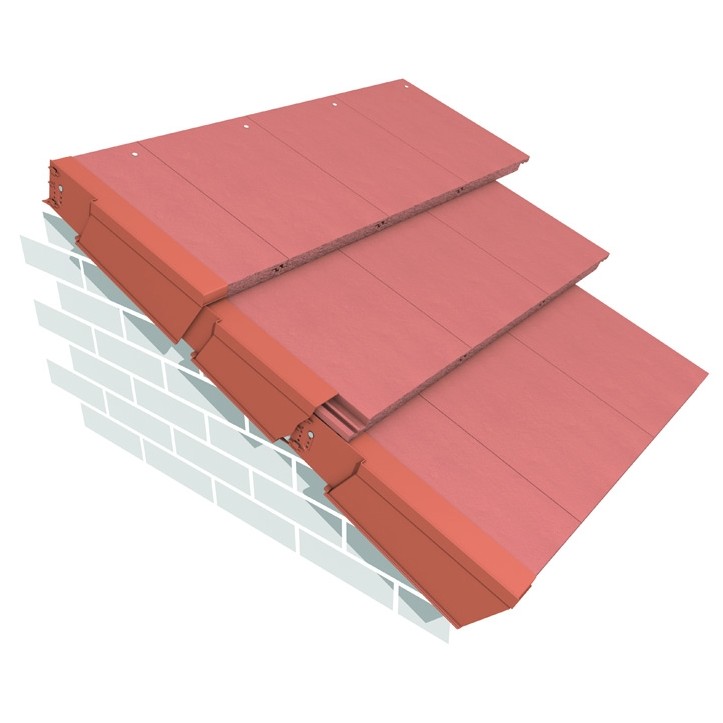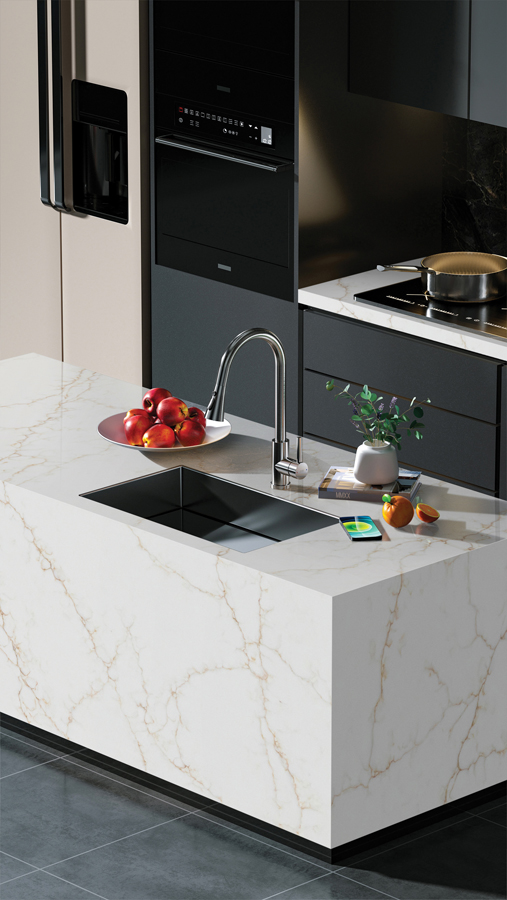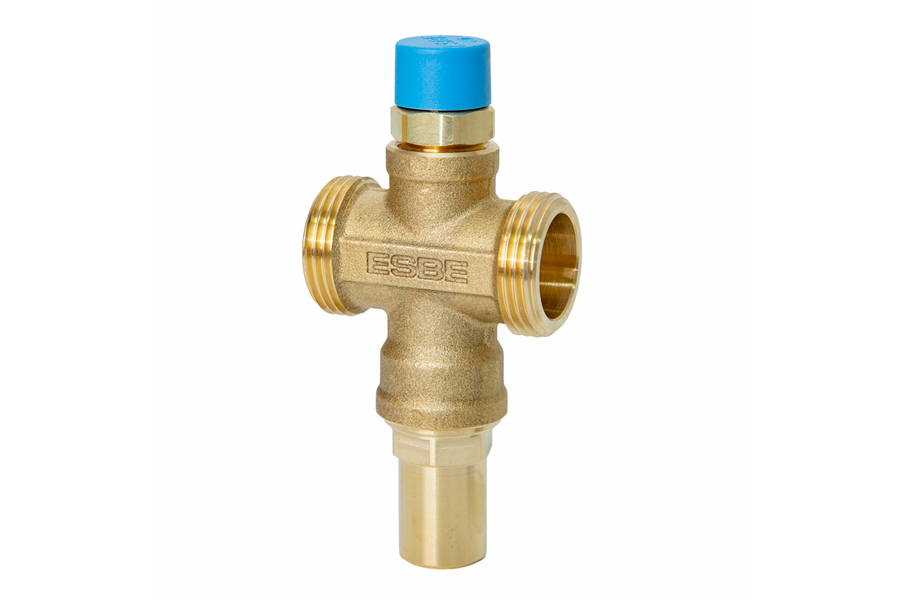A new Dry Fix Standard for roofing is set to be launched following concerns about inconsistencies in quality between systems. Gavin White, product manager from Marley Eternit, discusses the implications for specifiers.
The use of dry fix systems has significantly increased over the past few years, mainly down to new technical standards from the NHBC and the revised BS 5534, brought about by an increase in warranty claims in the construction sector and concerns about extreme weather. There is also now more acceptance of dry fix, where in the past there was some resistance by those who traditionally used mortar.
Although dry fix systems were originally developed in the 1980s, since then there has been a raft of similar products entering the market, particularly in the last five years, with many offered at a much cheaper price. The systems may look very similar but the quality of the components can vary significantly.
To overcome inconsistencies in component quality , the BSI roofing committee, which includes representatives from the NHBC, is developing a new British Standard specifically for dry fix systems - the first time there has been a statutory instrument to govern these products.
, the BSI roofing committee, which includes representatives from the NHBC, is developing a new British Standard specifically for dry fix systems - the first time there has been a statutory instrument to govern these products.
The new Standard, expected to be called BS 8612, will ensure consistency of quality across products. It will define the standards that are expected from the materials, i.e. performance, durability, mechanical fixing, weather tightness etc and is proposed to include verges, ridges and hips but not valleys or eaves.
Having been one of the first manufacturers to introduce dry fix more than 30 years ago, with our Universal Dry Verge System, we fully support the new Standard and following on the back of BS 5534, it will further help to make pitched roofing in the UK more secure. For established roofing manufacturers , like Marley Eternit, it means we will be able to differentiate our systems, which we believe are of far superior quality to others on the market. It will also help specifiers when they are selecting a dry fix system because they will know it exceeds the requirements of BS 8612, giving them the required high levels of durability and performance.
, like Marley Eternit, it means we will be able to differentiate our systems, which we believe are of far superior quality to others on the market. It will also help specifiers when they are selecting a dry fix system because they will know it exceeds the requirements of BS 8612, giving them the required high levels of durability and performance.
Although BS 8612 is still under development and needs to go through the consultation process, it is a possibility that the standard could be introduced by the end of 2016. In the meantime, what should specifiers be doing if they have any concerns about the quality of dry fix products or are unsure about which system to choose? If in doubt, our advice is to go with a purpose-made system from an established and trusted dry fix manufacturer, who has expertise in roof tiles as well as accessories. This will ensure the products used now will meet any new standards that come into place next year.
At Marley Eternit, we have led the way in dry fix innovation, ensuring we offer the best quality systems on the market because our heritage in manufacturing roof tiles means we are best placed to produce high performance accessories. Other than just using a trusted roofing manufacturer, one way specifiers can check the performance of a dry fix system is to understand the individual components within a system, including what material they are made of.
Take a commonly used dry ridge kit system as an example. The membrane on our Universal RidgeFast is made of a synthetic rubber called EPDM, which offers excellent heat, UV, ozone and weather resistance. Using an inferior material can bring down the cost and make the system cheaper to buy, but this will undoubtedly be at the expense of the performance and quality. The adhesive strip on the ridge roll is also an important factor as it needs to stick to roof tiles in all weather conditions and stay adhered for many years. We use the largest and thickest butyl adhesive strip on the market, following testing of many different types, as we found it provides longevity and superior sticking power.
The testing processes that dry fix systems have been put through can also be checked. At Marley Eternit we test products to the most exacting standards, including the occurrence of rare and extreme weather events, so we are very confident about durability and performance.
Although the new Dry Fix Standard won't be introduced until the end of next year, there are clearly some steps that specifiers can take now to reduce their risk. By specifying from an established dry fix manufacturer, such as a Marley Eternit, they will protect their quality standards and reputation, help reduce call backs to a project (providing the contractors have installed the system correctly) and ensure they are future proofed and ready for when the new Standard comes in.
For further information on our range of products and services just ask ME at www.marleyeternit.co.uk or call ME on 01283 722588. You can also follow ME on Twitter @MarleyEternit. If it matters to you it matters to us, that's why with ME it's all about you.







 , the BSI roofing committee, which includes representatives from the NHBC, is developing a new British Standard specifically for dry fix systems - the first time there has been a statutory instrument to govern these products.
, the BSI roofing committee, which includes representatives from the NHBC, is developing a new British Standard specifically for dry fix systems - the first time there has been a statutory instrument to govern these products.  , like Marley Eternit, it means we will be able to differentiate our systems, which we believe are of far superior quality to others on the market. It will also help specifiers when they are selecting a dry fix system because they will know it exceeds the requirements of BS 8612, giving them the required high levels of durability and performance.
, like Marley Eternit, it means we will be able to differentiate our systems, which we believe are of far superior quality to others on the market. It will also help specifiers when they are selecting a dry fix system because they will know it exceeds the requirements of BS 8612, giving them the required high levels of durability and performance.












